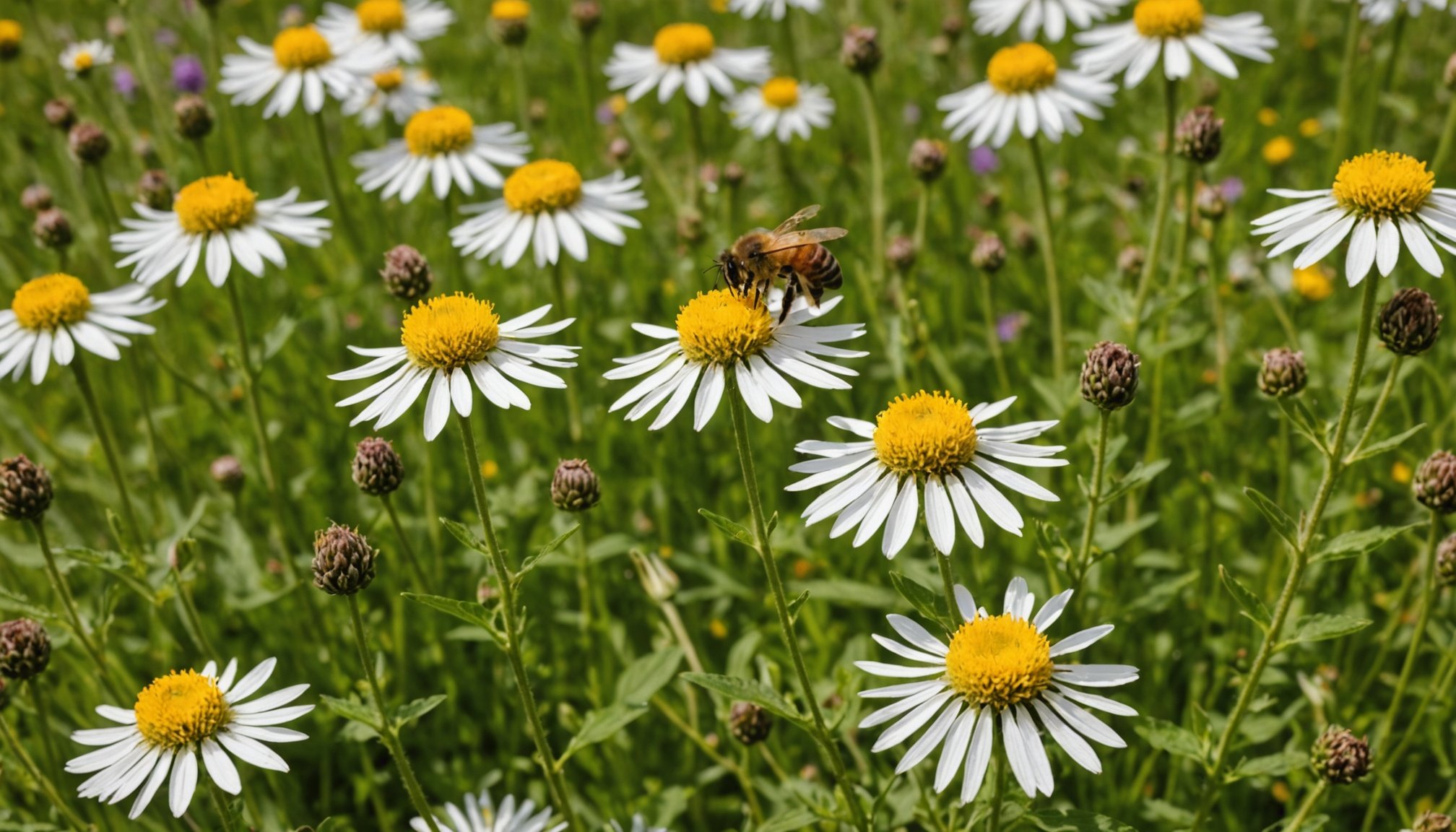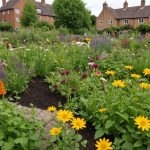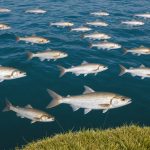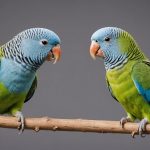Overview of Honeybee Health and Nutrition
Understanding honeybee health is pivotal for both their survival and the thriving of their hives. A cornerstone of this health is their nutritional needs, which directly influence their ability to produce honey, reproduce, and fend off diseases. Vital nutrients are not only crucial for the development of individual bees but also for the longevity of the entire colony.
Honeybees require a balanced diet of proteins, vitamins, lipids, and minerals. These nutrients are primarily sourced from nectar and pollen, which collectively support the bees’ energy requirements and bodily functions. Without these, honeybees are severely handicapped, affecting everything from their brood strength to their immunity.
In the same genre : Ultimate guide to crafting your ideal tropical betta fish aquarium: must-know factors for success
Wildflower benefits are profound in this scenario. Wildflowers offer a rich and varied source of these nutrients. The diversity of wildflower species ensures that honeybees gain access to a broad spectrum of essential nutrients. These flowers are particularly valuable because they often bloom at different times, providing a continuous and varied food supply.
The presence of widespread and diverse wildflowers can significantly elevate the nutritional landscape for honeybees, thereby bolstering their health and enhancing hive productivity. Supporting these wildflower habitats directly correlates with sustaining robust and healthy bee populations.
Also read : How can you monitor your pet’s hydration during hot weather?
Essential UK Wildflowers for Honeybees
Exploring the role of UK wildflowers in bolstering honeybee health reveals their significance in providing essential nutrition. These native flora not only enhance the aesthetic appeal of gardens and landscapes but also offer substantial benefits. Crucially, they supply a diverse range of nutrients crucial for bee vitality.
Key Wildflower Species
Top wildflower species that attract bees include clover, purple loosestrife, and foxglove. Each of these blooms offers distinct advantages. Clover thrives across the UK and supports bees with a reliable nectar source. Purple loosestrife, flourishing in damp meadows, offers copious pollen during summer. Foxglove, known for its towering blooms, provides vital nectar at the start of the season. These flowering plants bloom at different times, ensuring bees access nutrients year-round, thus supporting their nutritional needs.
Nutritional Benefits of Each Species
The nutritional strengths of wildflowers cater to various honeybee life stages. Clover offers proteins and glucose necessary for brood development, while purple loosestrife supplies antioxidants, enhancing immunity. Foxglove provides early-season nectar vital for energy during spring hive activities. The interaction between bees and plants in foraging activities not only aids bee nutrition but also promotes pollination, ensuring ecosystem health.
Practical Gardening Tips for Supporting Honeybees
Supporting honeybees in your garden through strategic planting can significantly boost their health and productivity. Consider using organic gardening techniques which minimise chemical exposure, enhancing the bee habitat. Start by selecting bee-friendly plants that are well-adapted to your local climate. Native wildflowers often work best as they meet the bees’ nutritional needs and are easier to maintain.
For a thriving bee-friendly garden, establish planting zones that include a variety of wildflowers. This ensures a continuous food source throughout the seasons. Keep these zones well-spaced to provide both nectar-rich flowers and safe foraging paths.
Incorporate sustainable practices like water-saving irrigation methods and natural pest control to further promote a healthy environment. These methods reduce reliance on harmful chemicals, preserving the integrity of your garden ecosystem.
Year-round care of your wildflower garden is crucial. Regularly check soil quality; the use of organic mulch can help retain moisture and improve soil nutrients. Encouraging biodiversity by adding complementary plant species can protect against potential pest outbreaks, creating a self-sustaining environment which supports honeybee health and hive productivity.
The Ecological Significance of Wildflowers
Wildflowers play a crucial role in biodiversity and are pivotal to maintaining ecosystem health. Their vibrant presence not only beautifies the landscape but provides essential habitats and resources for a variety of pollinators, including honeybees. This diverse flora supports the ecological roles of these pollinators by offering critical food sources that underpin both individual development and hive longevity.
Wildflower health directly impacts honeybee nutrition and aids in preserving an environment that supports a rich tapestry of life. By sustaining their own populations, these plants form the backbone of a healthy food web. They facilitate climate resilience by enhancing soil quality and reducing erosion, thus playing a vital part in ecological balance.
The interdependence between wildflowers and other species exemplifies a well-knit ecological community wherein pollinators thrive. Conserving these flowering habitats not only supports honeybees but bolsters numerous other pollinator species, playing a significant role in wildflower conservation. This symbiosis fosters a robust local ecosystem, safeguarding against climatic challenges. Emphasising wildflower conservation ultimately forwards the cause of broader environmental sustainability and resilience in a changing climate.
Conclusion: Promoting Honeybee-Friendly Environments
Promoting biodiversity through wildflowers offers substantial benefits for bee conservation. Wildflowers support pollinators by providing essential nutrients and habitats, tying into a larger picture of environmental stewardship.
To aid the cause of bee conservation, individuals and communities can plant a diverse array of wildflowers. When chosen wisely, these plants can support the life cycles of honeybees and enhance local ecosystems. Opt for species that bloom throughout the year to maximise nutritional benefits.
Enhancing the environment through targeted planting not only favours honeybees but also benefits broader ecosystems, aiding in maintaining balance and promoting sustainability. This action creates thriving landscapes that serve as havens for numerous species, building resilience against changing climatic conditions.
Engaging in planting wildflowers facilitates an increase in local floral variety, inherently boosting biodiversity. This action supports pollinators and helps maintain the health of the ecosystem. Programmes offering resources and education on bee conservation can further empower communities and individuals to improve pollinator habitats.
Through collective effort and informed choices, we can foster environmental stewardship. Together, these actions sustain not only bee populations but also enhance our natural world, securing its bounty for future generations.











